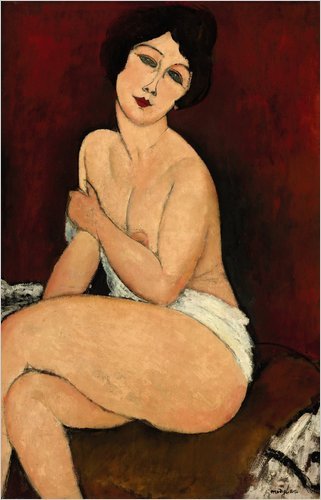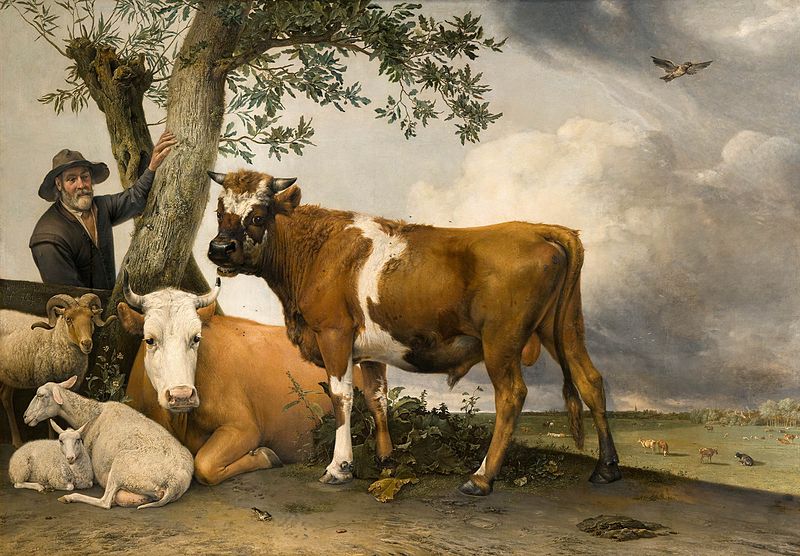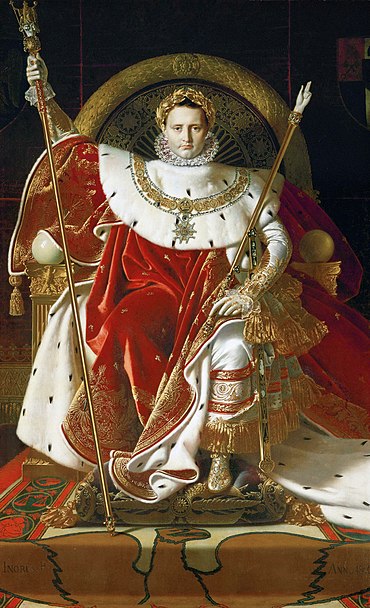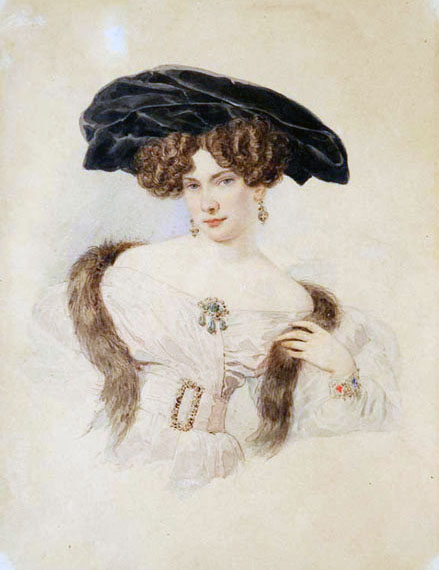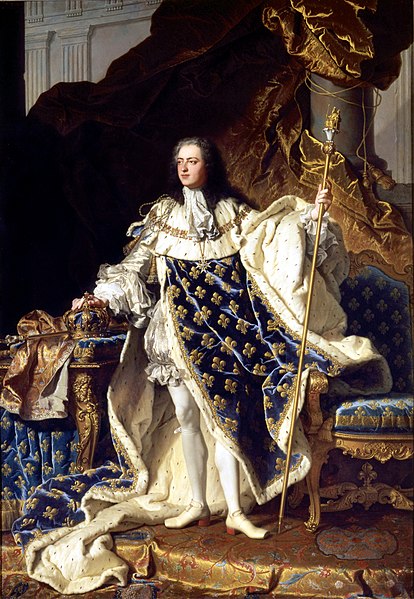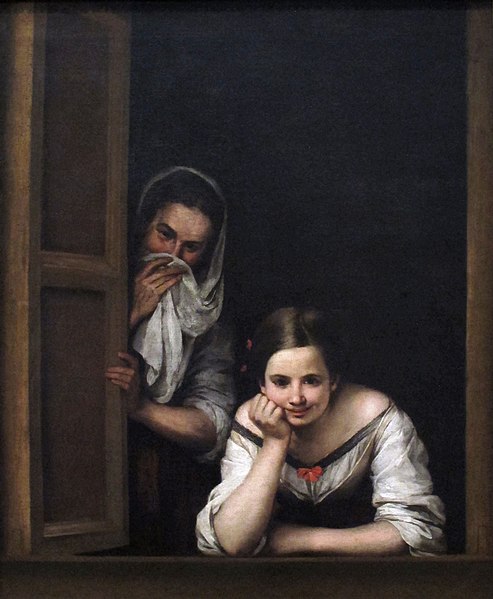 |
| 'The Reader in White' (1857) by Jean-Louis Ernest Meissonier; Musée d'Orsay, Paris |
My struggling days to find a painting for a specific date might be over. Going through art books wasn't satisfying enough. I would find nice paintings but no suitable dates. Today I came across a link and it lists dates of births and deaths of artists. So Wikipedia didn't give me an artist for today but this link did. Jean-Louis Ernest Meissonier (21 February 1815 - 31 January 1891) was a French artist and well-known for his paintings of Napoleon and military themes. I'm not really into military scenes but I do like this painting, a simple depiction of a man reading a book.






